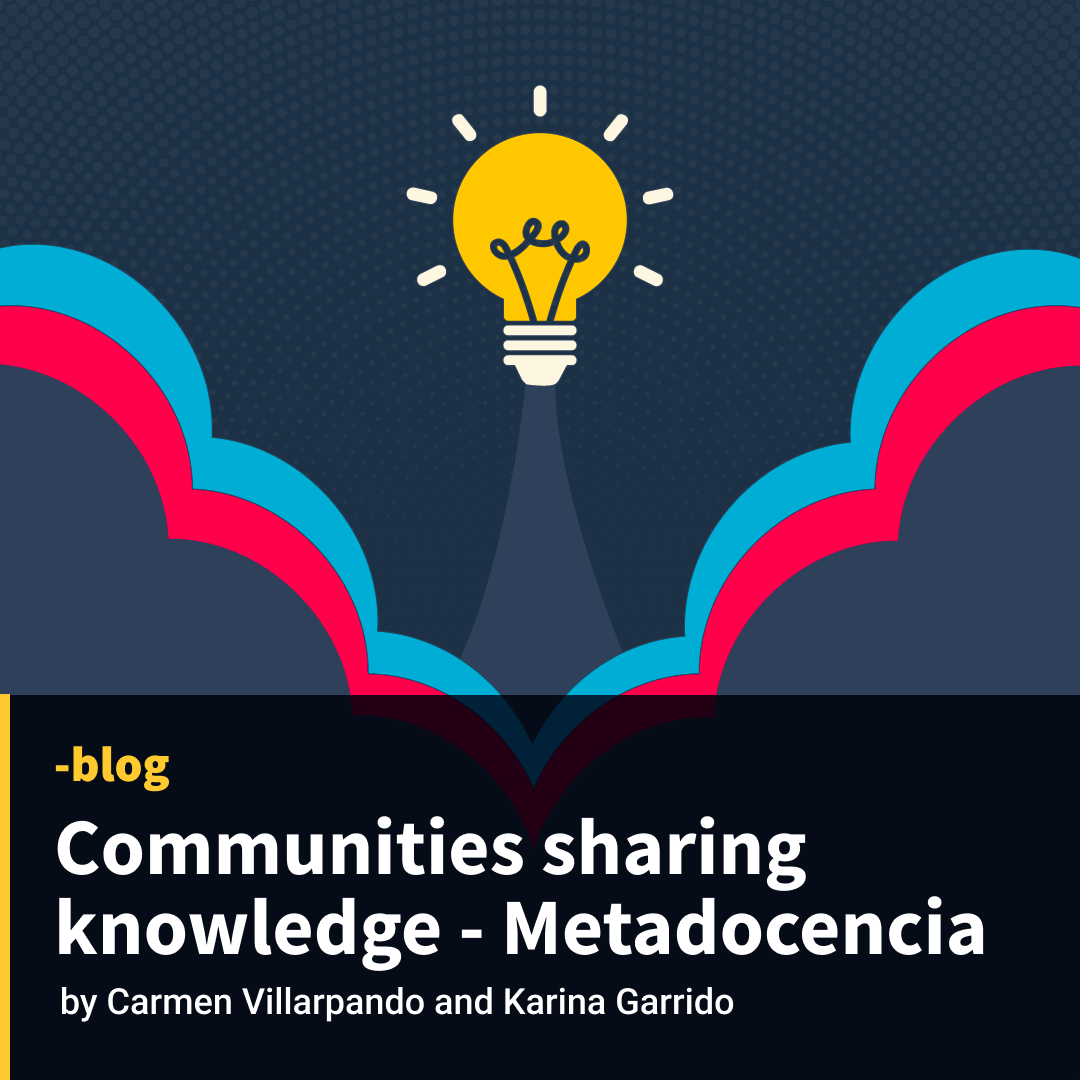Metadocencia is a beautiful community that we admire and to whom we are very grateful because they share all their content in an open way, willing to make learning for students a journey in which reaching the destination is done with as many passengers as possible.
This article is focused on sharing how was our experience working with the information they kindly shared with us, while we were preparing the first Leniolabs Bootcamp as well as the adequacy of the material, the experience during the workshop, the lessons learned from this experience and of course the gratitude to the team.
How we started
In 2020 we started playing around with the idea of doing a LenioBootcamp and luckily we were able to make it happen in 2021.It was a beautiful challenge! and we did it as a team, nurturing, supporting and encouraging each other at all times.
The challenge of teaching is always daunting doubts arise, how to do it, if it is necessary to includecertain things or not; and many other uncertainties that are taken into consideration. Taking these issues into account when organizing the Bootcamp we were motivated to find a way to provide a space where students could feelpart of an active and participatory learning process. After analyzing different contents, we came across the material shared by MetaDocencia, which we considered that could help us give classes and how to structure them (spoiler alert! and so it was).

How we implemented it
We got down to work and the idea started rolling. We hit the ground running and put first gear!
The first thing we did was to analyze the material in order to understand it. We watched a video of a class and started having meetings to share, discuss and organize the content. An interdisciplinary team participated at this stage, which helped integrate the content, classes and the contribution of all the knowledge.
We divided the material into two classes, in both we started with icebreakers and took into account the same suggestions we worked on in the workshop, as for example, taking breaks, turning notifications off and making formative evaluations.
We also found different tips to dissolve the screen and get closer to the audience. Many of these tips are simple to implement: provide context or “map” of the class, take into account who participated, perform a “quick survey” to see if the content is being understood,check if everyone has the materials, tools and/or devices needed for the class, and finally measure the real perceived quality and what opportunities for improvement we have through the feedback provided by our students when they take the surveys.
And like everything, there are things that can go wrong, even though our audience participated happily and positive impact, we forgot to take surveys! Getting feedback at the end of a class, workshop or course is relevant to make improvements in the contents, proposals and adaptations that we should make in order to continue enriching future presentations.

Conclusions
Our goal was to arrive to the destination with the biggest amount of passengers and that our students would not get off! We achieved this by capturing their attention, making them participate in an active and giving learning process, in which all the members of the class left more nourished and, above all, happy to have shared this stage together.
An important part of what we learned is that in the whirlwind of tasks and preparations prior to setting up a class, certain details are overlooked that can make a big difference in the experience that the students will have. But we needed to go through the experience to find opportunities to continue building better presentations.
All this in the midst of a pandemic, is it feasible?, of course it is. It sure isn’t easy but it’s not as complex as it may seem. We are extremely grateful (in case we didn’t say it before) to have found a community that has a heart and focus centered on the students.

Link to the presentation: https://docs.google.com/presentation/d/1KW-bn4HSM0v4HFDqLLU2S8hTR1V-1ro5/edit#slide=id.g97ea8620dc_16_0
Link to Metadocencia: https://www.metadocencia.org/en/





